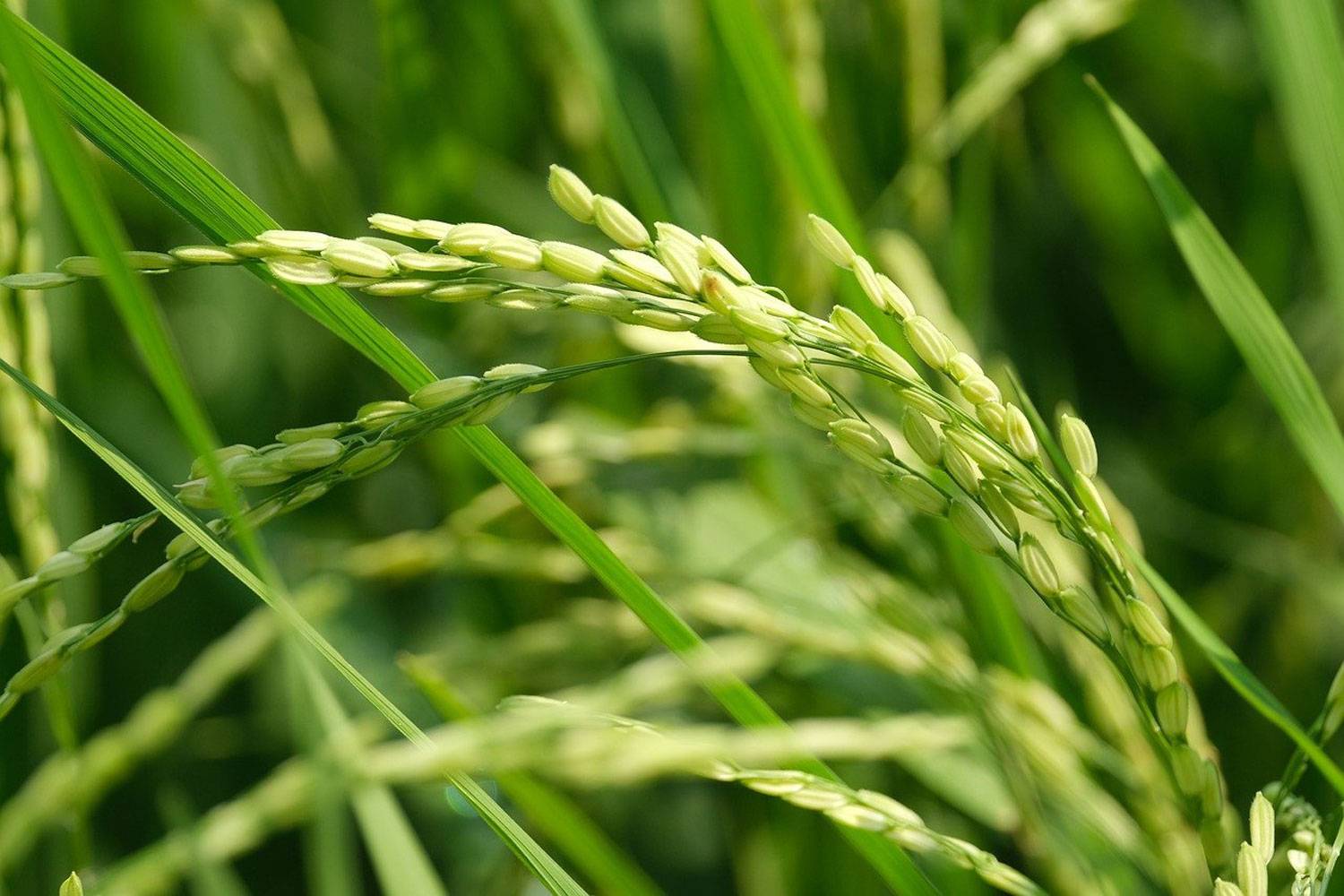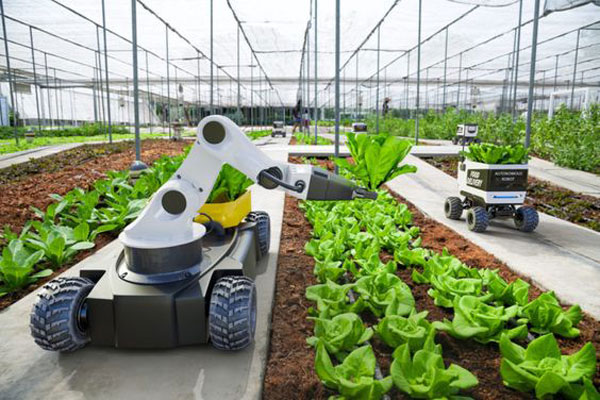Crops
Paddy

Paddy
Rice (Oryza sativa) is one of the oldest and most important staple foods in the world. It is believed to have originated in Asia, particularly in the region encompassing modern-day China, India, and Thailand. Archaeological evidence suggests that rice cultivation began around 10,000 years ago in the Yangtze River valley of China, eventually spreading throughout Asia and to other parts of the globe.
Global Area and Production
Rice is cultivated on approximately 160 million hectares worldwide, making it one of the most widely grown food crops. The major producers are China, India, Indonesia, Bangladesh, and Vietnam. India ranks as the second-largest producer of rice globally, with significant cultivation across various states.
Uses of Rice
- Food Products: Rice is a staple food for over half of the world's population. It is consumed in various forms, including steamed rice, rice flour, and rice noodles. It is also a key ingredient in dishes like risotto, sushi, and paella.
- Nutritional Value: Rice provides essential carbohydrates and is a good source of energy. Brown rice, in particular, is rich in fiber, vitamins, and minerals.
- Industrial Uses: Rice husks are used as animal feed and as a biomass fuel. Rice bran oil is extracted for cooking and in cosmetics.
Rice Cultivation in India
Major Growing Areas
Rice is predominantly grown in the eastern, southern, and northeastern parts of India. The major rice-producing states include West Bengal, Uttar Pradesh, Punjab, Bihar, and Andhra Pradesh. West Bengal is the leading rice-producing state, contributing significantly to India's total rice output.
Climate Requirements
- Temperature: Rice requires a warm climate, with an ideal temperature range of 25-32°C. It is a tropical plant and grows best in areas with consistent warmth throughout its growing season.
- Rainfall: Rice needs abundant water, typically requiring 1,200-2,000 mm of annual rainfall. It is commonly grown in flooded conditions, making it well-suited to regions with high rainfall or irrigation facilities.
Soil Requirements
Rice grows best in deep, well-drained alluvial soils rich in organic matter. It thrives in loamy or clayey soils with a pH range of 5.5 to 7.0. The soil must retain water effectively, as rice cultivation often involves flooding the fields.
Blog
Explore Our Blog
About Us
Welcome to Agriplaza
Welcome to Agriplaza. India's first and only comprehensive digital platform dedicated to agriculture and farmers. Explore widest range of related data our figures speaks a lot.
735989
Visitors
239
Diseases
131
Pests




